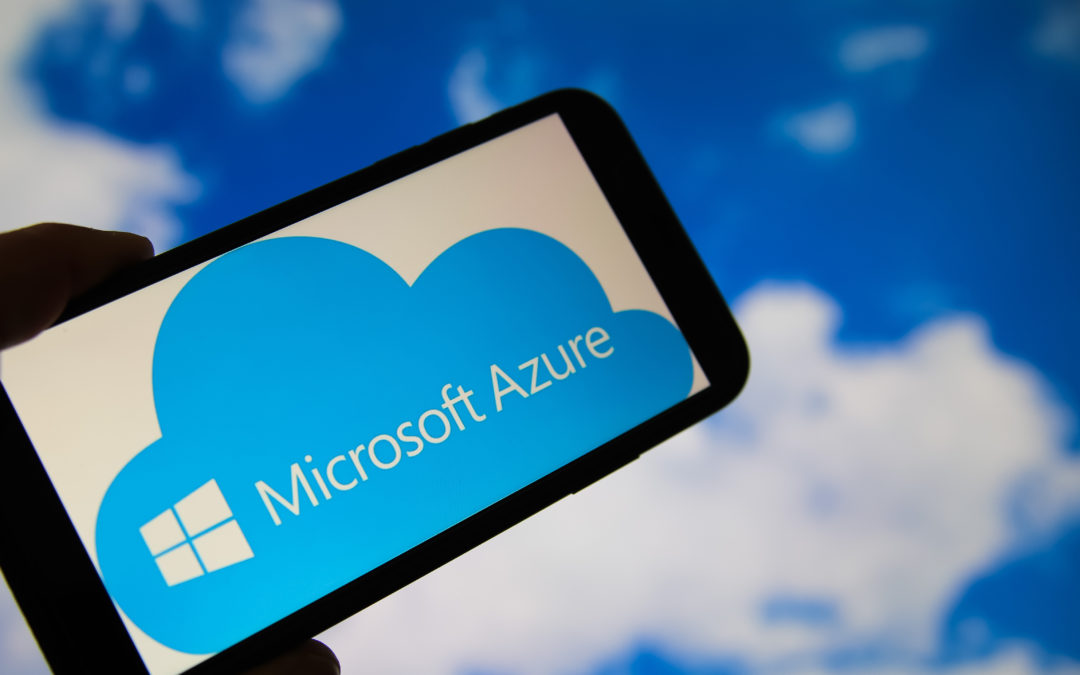Public cloud investments are increasing for businesses across multiple markets as many organizations require more security, data usage soars, and organizations seek out ways to maximize investments. In fact, Gartner projects global spend on public cloud services will jump 23.1% to total $332.3 billion this year.
So where is this data being stored now?
While there are many businesses that provide ongoing support for their own on-premise data centers, others have called on managed service providers (MSPs) that use a private cloud to store data. In this scenario, a private cloud is a dedicated, on-demand infrastructure and resources that are owned by the user organization and managed by a third-party MSP.
While this might be a good fit for some companies, there’s potential for being locked into a long-term contract with not only the MSP, but tying up your data in a private cloud environment. It can be complicated to migrate to another MSP in this scenario if a company’s business goals change or evolve past what the current MSP can provide. That’s where a public cloud environment might be beneficial.
Public vs. Private: The Decision
When a company is choosing between public and private cloud environments, making the right decision rests largely on the needs of the organization.
“It really depends on where they are right now in their IT initiatives. It comes down to the types of applications that are necessary for their business, how much they are spending on current maintenance, whether the hardware is reaching the end of life, etc.” said George Zacharia, who works in ZAG’s cloud practice.
The other option is a managed public cloud, which allows for more operational expenditure, including only paying for consumption. For example, migrating an organization into Microsoft Azure can provide:
- Cost optimization tools to help your organization choose the best option in line with budget requirements.
- Security and resiliency across hybrid environments with built-in resiliency to avoid costly business interruptions.
- Scalability for workloads and applications on demand so that you have the tools you need at your fingertips to be agile in the face of a changing business environment.
“Choosing a public cloud option means that you don’t have to worry about frequent outages as there is a vast network of backend servers hosting Azure services that ensure against failures,” George said. “This provides high reliability and improves resiliency for the organization.”
When a company is already in a managed private cloud contract, the question becomes, “What are we getting for this agreement?” Some of the factors to consider are:
- Runtime cost
- The ability to scale data storage/usage up or down as needed based on business needs.
- The ability to backup and retrieve data easily.
- Reliance on the third-party MSP to manage your data.
“We’ve seen a couple of instances of clients working with a managed private cloud provider; wherein there was no ability for the client to perform their own backups,” George said. “They were completely reliant on the provider to do this.” This can be problematic when an organization’s entire ecosystem is tied to a single provider; in that the autonomy you have over your data is limited.
Also with a public cloud infrastructure, computing power can either grow or shrink as needed without having to invest in additional capacity from a private cloud provider based on the contract your company signed. “When you shift to a managed public cloud provider, like Microsoft Azure for example, it’s entirely flexible, with near-unlimited scalability,” he said.
Another advantage is the ability to build applications for your business. “Oftentimes, the public cloud features some of the latest and greatest technology and platforms that are available for your business to build its own applications,” George said.
What does ZAG bring to the table?
As a managed public cloud provider with Microsoft Azure, ZAG provides modern businesses with the ability to build and maintain public cloud environments with in-house expertise. “For companies that chooses to migrate to a public cloud environment like Azure, ZAG has engineers who can provide ongoing support and maintenance,” George said. “The difference is we are giving the customer something that is sustainable long-term for their business without locking them into a long-term contract. If their business needs change they have the flexibility to make decisions that are best for the next stage of their operations.”
Public cloud + agribusinesses
Agriculture and more specifically the fresh produce sector is known for continuous operations. The 24/7/365 nature of production in this space means that uptime is essential so that trucks can ship, and customer needs can be met. That said, the ongoing maintenance and support of technology systems can be overwhelming for small- to medium-sized businesses, which is why so many choose to work with a managed services provider.
“Situations can change on a daily basis for our clients, which can put a lot of strain on smaller IT teams,” George said. This is especially true in the event of a disaster/outage when production stops and there’s a potential loss of critical data. “A public cloud option has built-in failover mechanism for backend systems and Microsoft Azure specifically has an availability of 99.9%, which you can’t guarantee with an on-premises data center or private cloud provider.”
Migrating to the cloud has a lot of factors for your business to consider and ZAG is ideally suited to help you navigate what that looks like. Click here to contact us and get started on your journey.



